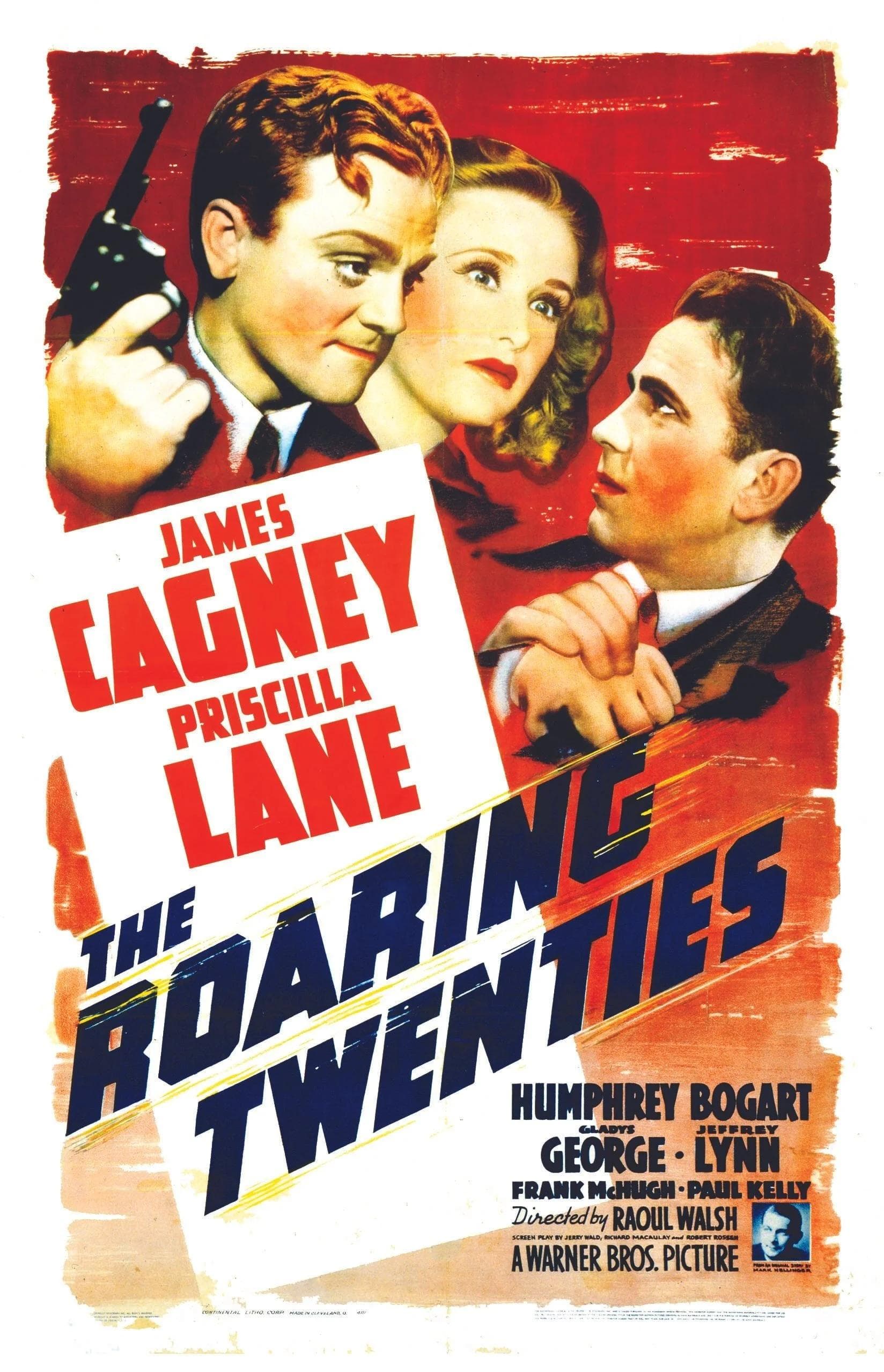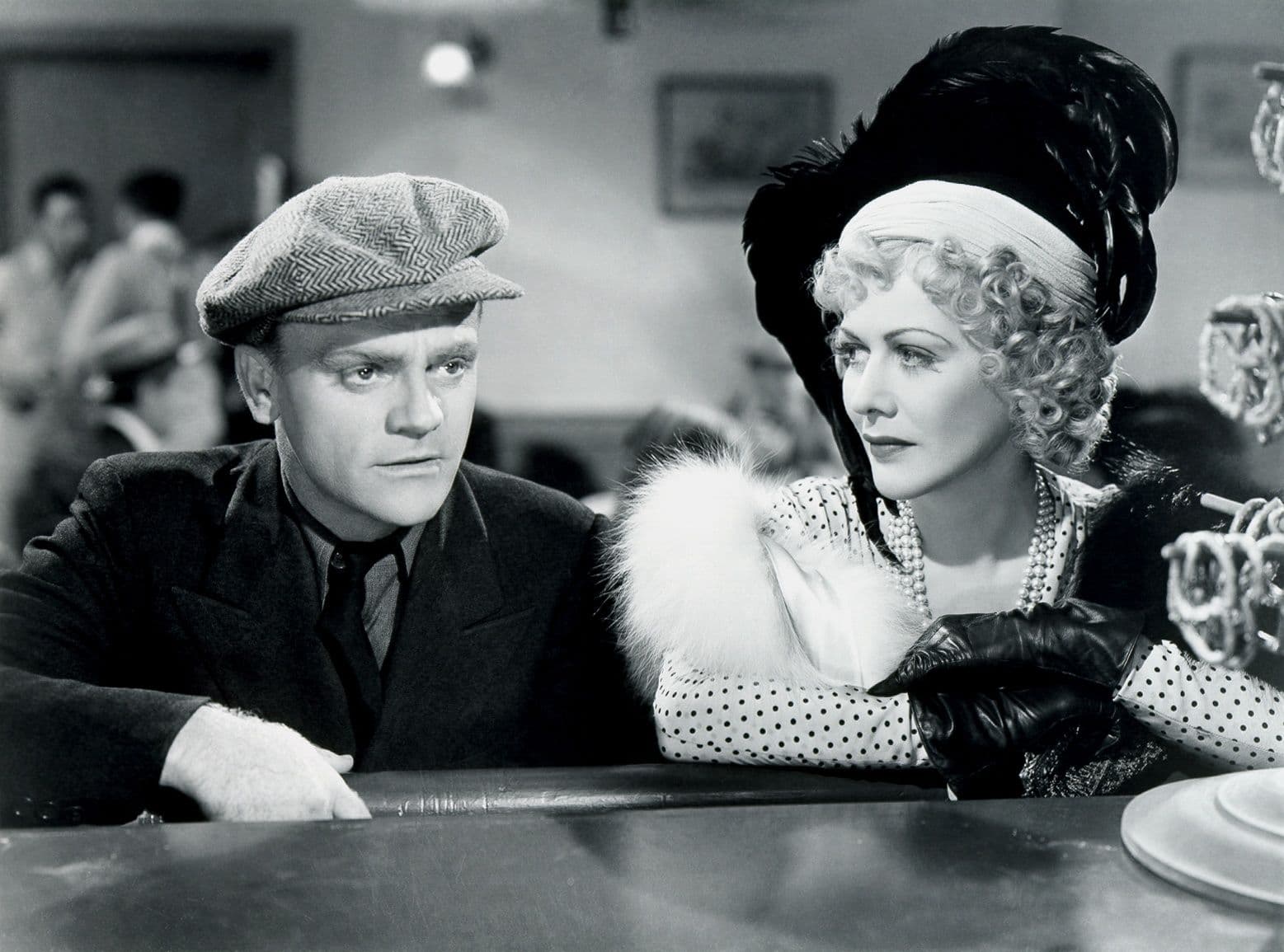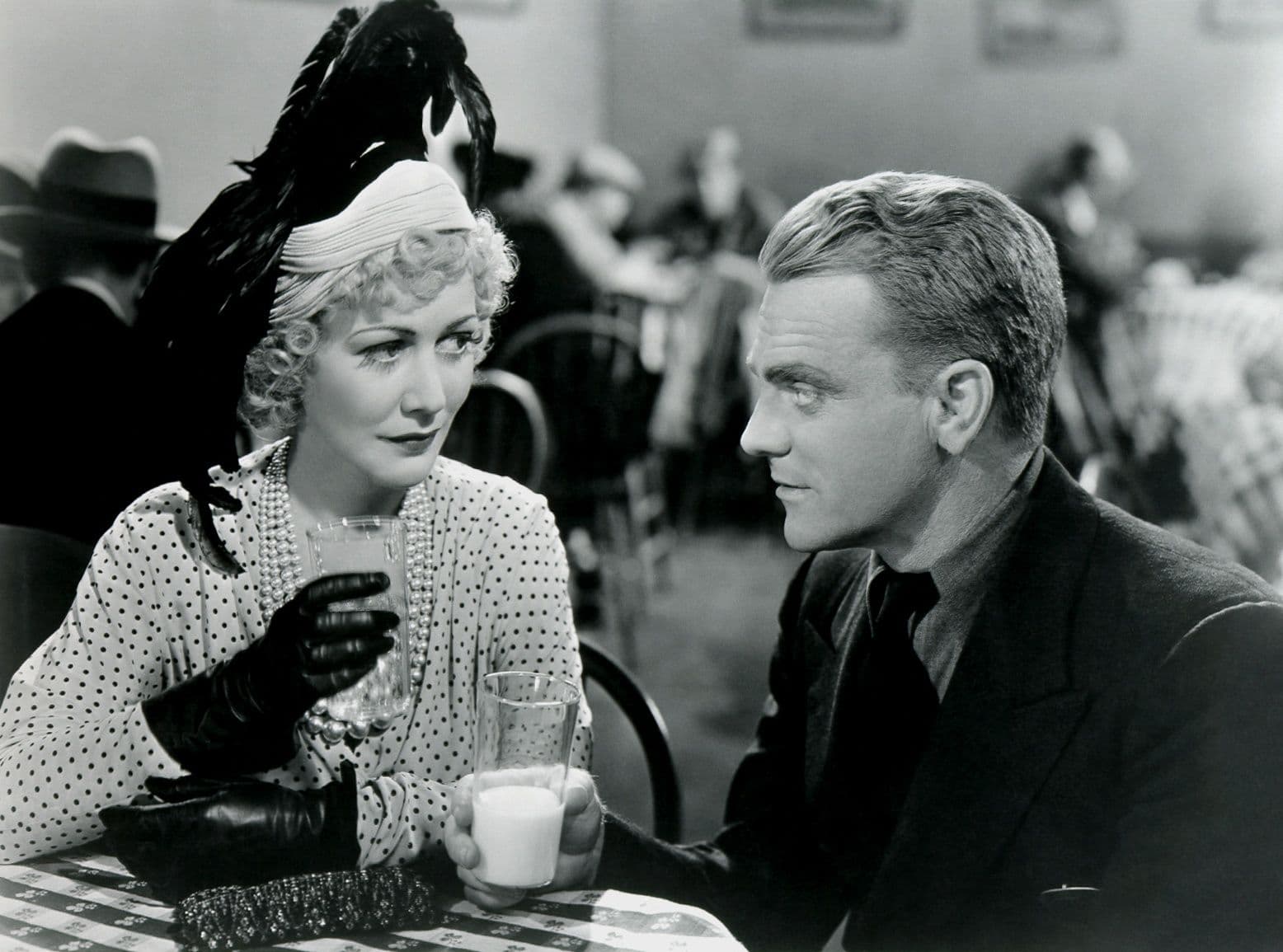
The Roaring Twenties
1939
Rate this movie
Average: 0.00 / 5
(0 votes)
Director
The work that closes an era, a majestic and melancholic elegy that looks back on a decade of prohibition, illusory prosperity, and violence, summarizing an entire genre and consigning it to legend. Released on the eve of World War II, the film is an epitaph for an America that no longer existed, an almost sociological analysis of the birth and death of the gangster as a modern tragic hero. Because of its completeness, its visual power, and its ability to transform chronicle into myth, the film still has an evocative force that makes it impervious to the passage of time.
The aesthetics of gangsterism find their definitive embodiment, once again, in the body and face of James Cagney. While in previous works such as Public Enemy, Cagney was a purely psychopathic force of nature, a concentration of primordial violence, here his Eddie Bartlett is a more complex and tragic figure. Cagney is the perfect icon of the genre because he embodies a nervous, almost proletarian energy, that of the self-made street kid, a fighting cock who puffs out his chest to look bigger. But in this film, his typical arrogance is tinged with a deep vulnerability. His gangster wasn't born that way. He's a World War I veteran, an ordinary man whom America promised a future and then slammed the door in his face. His descent into bootlegging isn't an ideological choice, but an almost inevitable consequence of circumstances. He's a man who just wanted his piece of the American dream and discovered that the only way to get it was to break the law.
The gangster movie genre was born directly from the headlines of the 1920s and 1930s, fueled by the public's fascination with real figures such as Al Capone. In an era of the Great Depression, the gangster became a perverse populist hero, an individual who, through cunning and violence, managed to beat a system that had betrayed the common man. Seminal films such as Little Caesar and Howard Hawks' original Scarface were works of almost documentary brutality, so powerful that they alarmed the censors. The introduction of the Hays Code imposed a moralistic twist: crime could not pay. Every gangster had to come to a bad end. The Roaring Twenties accepts this rule, but transcends it. Eddie Bartlett's downfall is not simply divine punishment, but the logical consequence of the historical forces that first created him and then rendered him obsolete. It is the end of Prohibition that decrees his demise, rendering his empire suddenly useless. Walsh's film thus becomes the perfect bridge between the rawness of early gangster films and the subsequent, more complex deconstructions of the myth, from The Flame of Sin to The Godfather and Goodfellas.
The plot of the film follows the rise and fall of Eddie Bartlett, but its real strength lies in the director's aesthetic paradigm. Raoul Walsh is a great observer, a tireless chronicler of the human condition, but without sentimentality. His direction is muscular, direct, incredibly modern. In this film, he makes an almost revolutionary choice: he grafts a semi-documentary structure onto the narrative fabric of noir. The use of a voiceover narrator, who marks the passing of the years with the impersonal tone of a newsreel, and the brilliant montage of archive footage, create a historical fresco that goes beyond the story of the individual. Eddie's personal story, his rivalry with the ruthless George Hally (Humphrey Bogart, still in an antagonist role but already magnetic) and his unrequited love for the singer Jean, is constantly contextualized within the major events of the time: the end of the war, the rise of jazz, the Wall Street crash, the election of Roosevelt. Walsh analyzes evil and lays it bare, showing it not as an individual aberration but as the product of specific social and economic conditions. The film's semiotics are already fully noir, even before the term became commonplace in American cinema: fatalism, the urban jungle, a protagonist condemned by his past and, above all, the feeling that the forces at play are always greater than the individual.
The ending is one of the most iconic and moving sequences in the history of cinema. Eddie Bartlett, now a ghost of the ‘big shot’ he once was, reduced to driving a taxi and drinking to forget, performs a final, desperate act of nobility by sacrificing himself to protect the woman he loves and her new husband, his old friend the lawyer. Mortally wounded, he staggers down a snow-covered street and collapses on the steps of a church, a place of redemption he will never reach. When a policeman asks his old friend Panama Smith (Gladys George) who the man was, she replies with the line that has become the epitaph of an entire era: “He used to be a big shot.” That phrase says it all: nostalgia for a glorious past, sadness for a miserable present, the perfect summary of the parable of the gangster as a tragic American hero, whose rise is as spectacular as his fall is inevitable and lonely. It is a desolate ending that elevates a great genre film to the level of a universal and timeless masterpiece.
Country
Gallery










Featured Videos
Trailer
Comments
Loading comments...